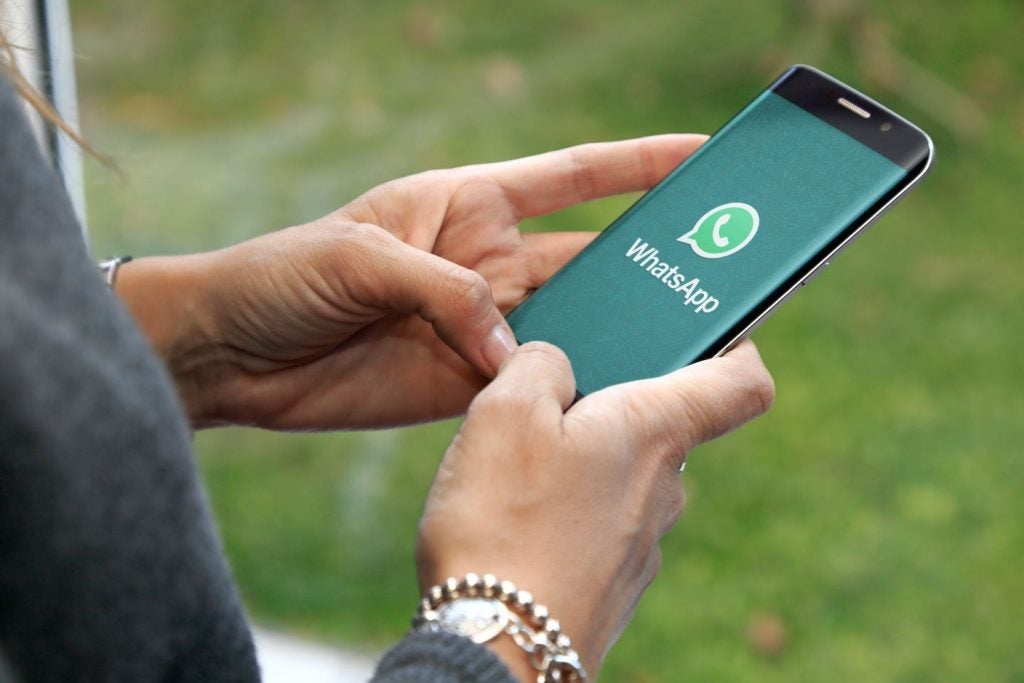
For most people, the holiday season meant enjoying time off with family and friends. But reality has now set in and most have returned to work with a barrage of emails and messages, thanks to the 24/7 nature of smartphones.
This inability to switch off, coupled with the always-on functionality of mobile devices, can quickly lead to high levels of stress, anxiety and even fractured personal relationships.
With ‘right to disconnect’ and ‘anti-stress’ laws already enforced, or being proposed, in countries the likes of France, Germany and the United States, it’s time for UK employers to join the digital wellbeing movement too.
This means relinquishing some of the power of always-on technology, as its true value comes from letting employees choose when to switch off outside of working hours. After all, there are major benefits derived from having a less stressed workforce – increased job satisfaction, greater productivity and improved employee retention rates.
It helps frontline workers get the physical and mental rest they desperately need
I strongly believe that every employee has the right to disconnect during non-work hours in order to cut down on stress, maintain a healthy work-life balance and nurture personal relationships. And the data supports this. According to a July 2018 survey from Peldon Rose, nearly three-quarters of workers say they want their employers to champion mental health and well-being in the workplace.
Imagine you’re a non-desk employee (i.e. retail associate) and having a group conversation with all of the members of your department discussing what’s happening on the shop floor. If you’re not scheduled to work on a given day and your mobile device starts getting flooded by push notifications to alert you to updates, private messages to various groups/teams, HR news and more, that could be overwhelming and make the employee feel added pressure to respond to all of the messages, comments to their posts and updates (when they’re not working).
How well do you really know your competitors?
Access the most comprehensive Company Profiles on the market, powered by GlobalData. Save hours of research. Gain competitive edge.

Thank you!
Your download email will arrive shortly
Not ready to buy yet? Download a free sample
We are confident about the unique quality of our Company Profiles. However, we want you to make the most beneficial decision for your business, so we offer a free sample that you can download by submitting the below form
By GlobalDataThis is where having digital tools or features like Do Not Disturb – which let employees take control over if/when they receive alerts about emails during non-working hours – works to employees’ advantage. This type of feature lets employees mute all of those notifications – and even schedule start and end times for that silent period – so they get to take back some of the control and decide for themselves when they want to find out about company-related updates when they’re not working.
The happier your employees are, the more productive they’ll be
Obviously, being happy is something most people hope for, both in their personal lives and in the workplace. But given the fact that the average person spends about 90,000 hours at work over a lifetime, I’d say helping employees find happiness and satisfaction at work should rightfully be a top priority for businesses.
Yet, one in three workers are unhappy at work and 16% of workers say workplace stress is driving them to change jobs, according to the 2019 Job Exodus research from Investors in People. These stats are both powerful and alarming. Not only do they signal a real and pervasive problem in the workplace today, but they also can be seen as a sign of hope for change.
So is there a link between employee happiness and increased productivity? I’d say yes. And so did economists from Warwick University, who found that happiness led to a 12% spike in productivity. Conversely, the university economists found that unhappy workers ended up being 10% less productive. So there you have it; the stats don’t lie.
How can companies use technology to make their employees happier and more productive? To start, they can use an internal communications platform to inform, educate and train their workers about the company’s purpose and values. When employees feel a personal connection and alignment to their employer’s purpose and values, they will make more of a personal commitment and investment into performing their daily roles.
Businesses can also use an internal communications platform to share relevant learning and development content and enable employees to provide feedback regularly. In sharing these types of information and content, employees will be better informed and trained about company news, product launches, promotional offers and even operational changes that could affect their daily work.
In the end, most retailers, hotels, restaurants/bars, entertainment venues and other businesses that employ non-desk workers will realise the long-term benefits of switching off in the form of higher employee productivity levels, job satisfaction, employee retention rates and even NPS/customer satisfaction rates and sales.






